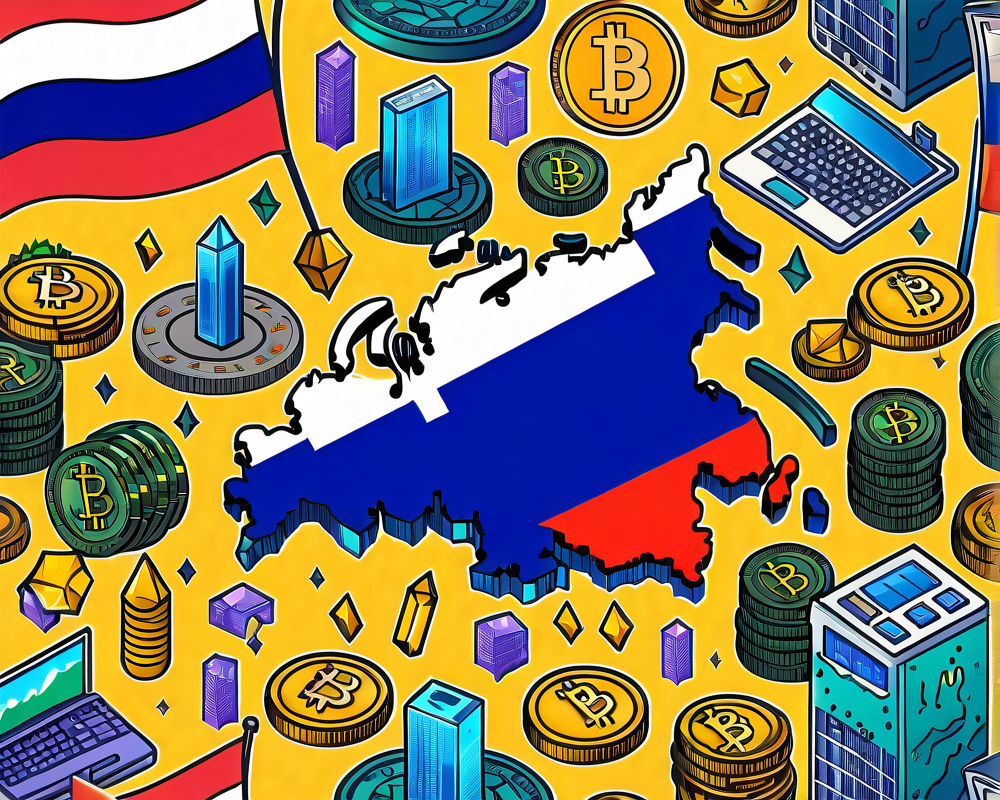The Shift in Cryptocurrency Mining
When China metaphorically threw down the gauntlet, banning cryptocurrency transactions and labeling them as illegal financial activities, it sent numerous miners scurrying like roaches when the kitchen light is flipped on. And where did these miners scuttle off to? The United States, currently basking in the glow of being the heavyweight champion of Bitcoin mining with a hefty 35.4% of the global share. Kazakhstan is hanging in there with a respectable 18.1% (c’mon, be modest), while Russia claims the last podium spot at 11.23%.
Why Russia is a Mining Paradise
So, what’s got Russia attracting miners like moths to a flame? Well, for starters, the price of electricity. In spring 2021, the average cost was about $0.06 per kilowatt-hour for households—a price that would make French residents gasp at their $0.20. Some estimates even suggest a difference closer to 7.5 times! That’s significant enough that miners are checking flight schedules to Russia as we speak.
The Impact of Favorable Conditions
These favorable conditions foster a ratatouille of private crypto farms popping up left and right. However, not all miners have enjoyed a fairytale ending. The 2018 “crypto winter”—when Bitcoin’s value plummeted almost to a mere $3,500—left many aspiring miners out in the cold. But, the pandemic drove many to diversify their income sources and discover the hidden world of crypto mining.
Take a Hint, Gazprom Neft
Even state-owned oil companies, like Gazprom Neft, saw an opportunity, launching their own mining data centers powered by associated gas. Who says oil and crypto don’t mix? Vitaliy Borshenko from BitCluster thinks that miners are going to get a warm hug of support from not just private enterprises but from the authorities too. “The Bitcoin mining industry is a unique purchaser of electricity,” he said, touting the tax revenue and job creation for local economies.
The Legislative Maze of Cryptocurrency in Russia
Now, hold your horses! What’s the story with cryptocurrency legality in Russia? The country has taken a roller-coaster ride on the regulation front, swinging like a pendulum from proposals in 2014 to laying down the bricks of regulation since 2018. In 2021, they rolled out the law “On Digital Rights”, though it didn’t have the guts to fully recognize cryptocurrencies as payment methods. Sort of like saying yes, but not really.
A Confusing Landscape
Today, the law attempts to navigate this chaos, but many regulators still struggle with basic definitions and regulations of this fledgling industry. Recently, there’s been clamor from the Russian Ministry of Economic Development to categorize mining as a business activity under civil law. But logjam occurs when the Central Bank flings cold water on the idea, dismissing mining as a “monetary surrogate.”
The Specter of the Digital Ruble
Now introducing: the central bank’s shiny new project—the digital ruble! Launched into the limelight, it’s positioning itself as a potential game-changer in transactions, hoping to replace cash by 2030. But wait, does that mean cryptocurrencies would face a doomsday scenario?
Benefits and Risk factors
The digital ruble raises alarms about potential control over the populace and questions about the role of commercial banks in this new ecosystem. Will banks run out of jobs like a mid-90s sitcom being canceled? Or are they going to have a second shot at relevancy in this monetary drama?
Will Russia Embrace or Ban Crypto?
With so much riding on the digital ruble, the lingering threats that accompany it can’t be ignored. Some economists fear that as the digital currency rolls out, it might trigger a knee-jerk ban on existing cryptocurrencies—hitting the financial scene like a bad surprise party. However, Borshenko believes there’s hope. Russia’s top brass is projecting optimism: “Cryptocurrencies may exist as a means of payment,” said none other than President Vladimir Putin himself. Fingers crossed!




